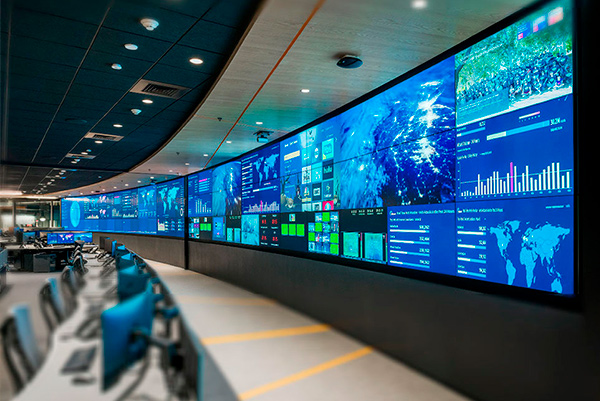The caliber of the light-emitting diode components plays a major role in hue uniformity. Different types of LEDs produce light at varying wavelengths, which can affect the overall hue result. High-quality light-emitting diodes are engineered to produce a more consistent light range, leading in better color precision. Additionally, the production method of these light-emitting diodes can impact their performance. Screens made with high-grade materials and techniques tend to have less color differences, guaranteeing that the shown images and videos look vibrant and true to reality.

Tuning is another crucial element in maintaining hue uniformity in LED wall screens. Tuning involves modifying the configurations of the panel to ensure that the hues shown match the desired appearance. This process can include adjusting get more brightness, contrast, and hue balance. Frequent tuning is necessary, especially in environments where illumination factors change frequently. By tuning the panels, specialists can fix any discrepancies in color result, resulting to a more uniform viewing encounter.
Surrounding conditions also influence hue uniformity in LED wall panels. Factors such as ambient light, temperature, and moisture can affect how hues are seen. For instance, bright ambient light can dull hues, making them appear more vibrant. Similarly, extreme temperatures can affect the functionality of the light-emitting diodes, leading to color shifts. To reduce these problems, it is essential to install LED wall panels in managed environments where illumination and temperature can be managed effectively.
Lastly, the layout and arrangement of the light-emitting diode wall panels can affect color consistency. The configuration of the screens, as well as the distance from which they are observed, can create variations in color recognition. When screens are arranged too distant apart or at different angles, audiences may detect inconsistencies in color. To achieve the optimal optical performance, it is crucial to consider the placement and alignment of the screens during setup. By tackling these elements, operators can ensure that their LED wall panels provide a uniform and superior visual encounter.